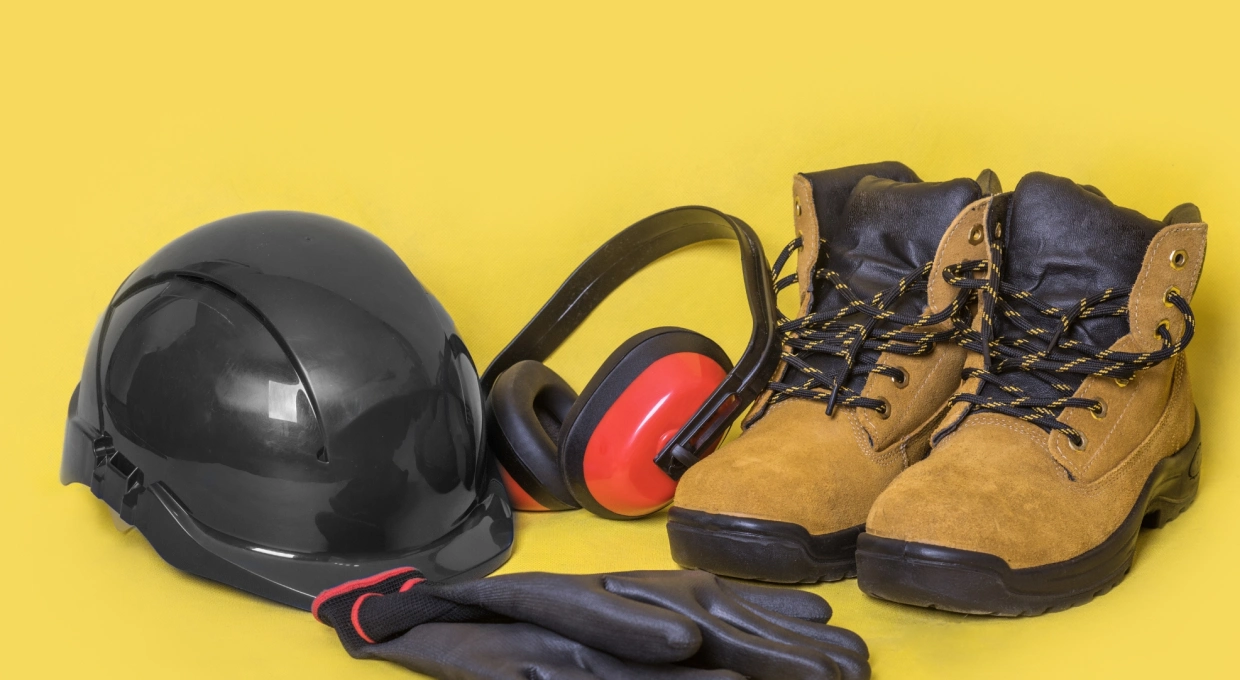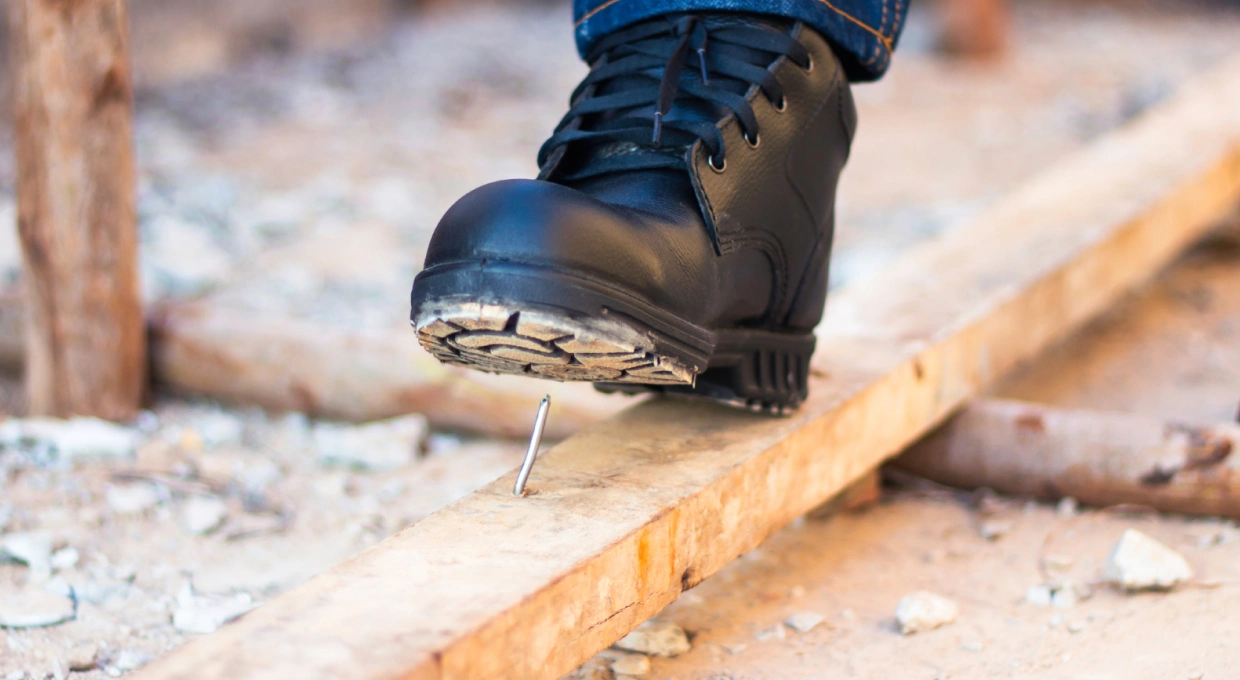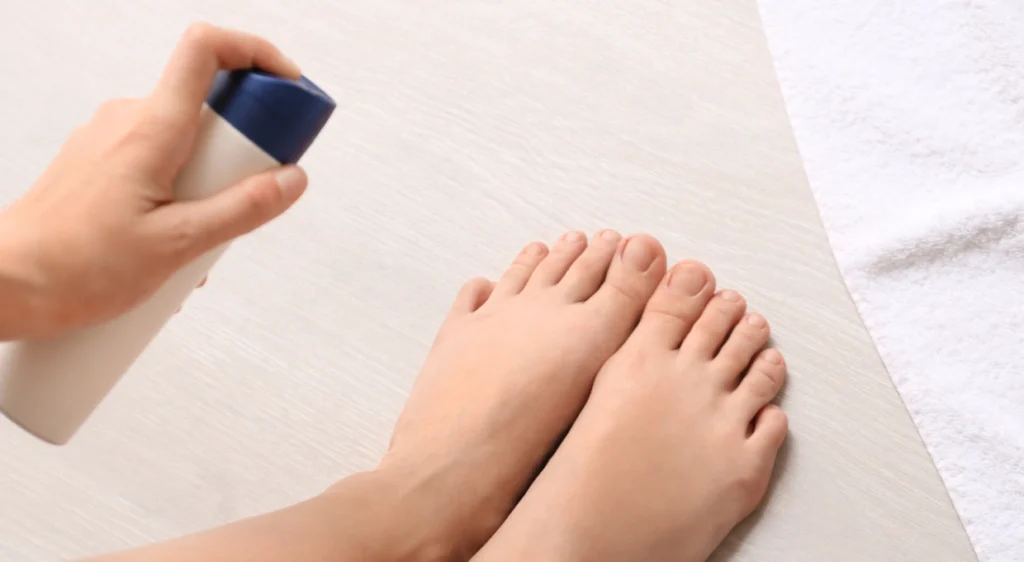Safety footwear is a crucial component in preventing workplace accidents and protecting workers’ feet. In many work environments, such as construction, manufacturing and the chemical industry, employees’ feet are exposed to multiple hazards that can cause serious injuries. This article discusses in depth the importance of safety footwear, the different types available and how to choose the most appropriate one for each work situation.
Importance of Safety Footwear
The main function of safety footwear is to protect workers from foot injuries. These injuries can be caused by falls, sharp objects, chemicals and other hazards present in the workplace. In addition to physical protection, good safety footwear also contributes to worker comfort, which can increase productivity and reduce fatigue. Below are some key benefits of safety footwear:
- Injury Prevention: Protects against impacts, compressions and punctures.
- Comfort and Well-Being: Reduces fatigue and improves posture, which reduces the risk of musculoskeletal injuries.
- Regulatory Compliance: Helps comply with occupational safety regulations, which is mandatory in many industries.
Types of Safety Footwear
There are various types of safety footwear designed to meet the specific needs of different work environments. The most common are described below:
- Steel Toe Boots: Offer protection against impact and compression, ideal for construction and manufacturing.
- Antistatic Footwear: Prevents the accumulation of static electricity, protecting both the worker and sensitive equipment.
- Waterproof Footwear: Protects against moisture and is essential for outdoor work in wet conditions.
- Slip-Resistant Sole Footwear: Minimizes the risk of slips and falls, suitable for environments where the floor may be wet or oily.
- Chemical Resistant Boots: Made of specific materials that resist corrosion from hazardous chemicals.

Tips for the Selection and Maintenance of Safety Footwear
Selecting the right safety footwear may seem like a complex task, but considering the following points can make the process easier:
- Work Environment Assessment: Identifying specific workplace hazards is critical to selecting the right footwear. For example, in a chemical plant, chemical resistance is paramount, while on a construction site, impact and puncture protection is crucial.
- Fit Testing: It is important to test the footwear with the same socks worn at work and make sure the fit is comfortable but firm. Poorly fitting footwear can cause discomfort and increase the risk of injury.
- Quality Materials: Opting for footwear made of high quality materials ensures durability and effective protection. Non-slip soles and reinforced toe caps are important features to consider.
- Regular Maintenance: Safety footwear should be regularly inspected and maintained. Replacing worn or damaged footwear is essential to maintain its protective effectiveness. Cleaning footwear properly and storing it in a dry place prolongs its useful life.
Innovations in Safety Footwear
In recent years, technology has advanced significantly in the design and manufacture of safety footwear. Some of the most notable innovations include:
- Lightweight and Strong Materials: New materials such as composite fibers and advanced polymers offer steel-like protection but with less weight.
- Ergonomic Designs: Modern safety footwear is designed to maximize comfort and minimize fatigue, with features such as orthopedic insoles and shock-absorbing soles.
- Breathability Technology: The use of breathable materials and ventilation technologies helps keep feet cool and dry, reducing the risk of infections and skin problems.
Conclusion
Safety footwear is a crucial investment for any company that wants to protect its employees and comply with safety regulations. Choosing the right footwear depends on a careful assessment of the work environment and the specific needs of workers. Keeping footwear in good condition and keeping abreast of technological innovations can significantly improve safety and comfort in the workplace. For personalized advice on the most appropriate safety footwear for your work environment, contact us at Clínica San Román. Our team of experts is ready to help you select the best option to ensure the protection and well-being of your employees.



